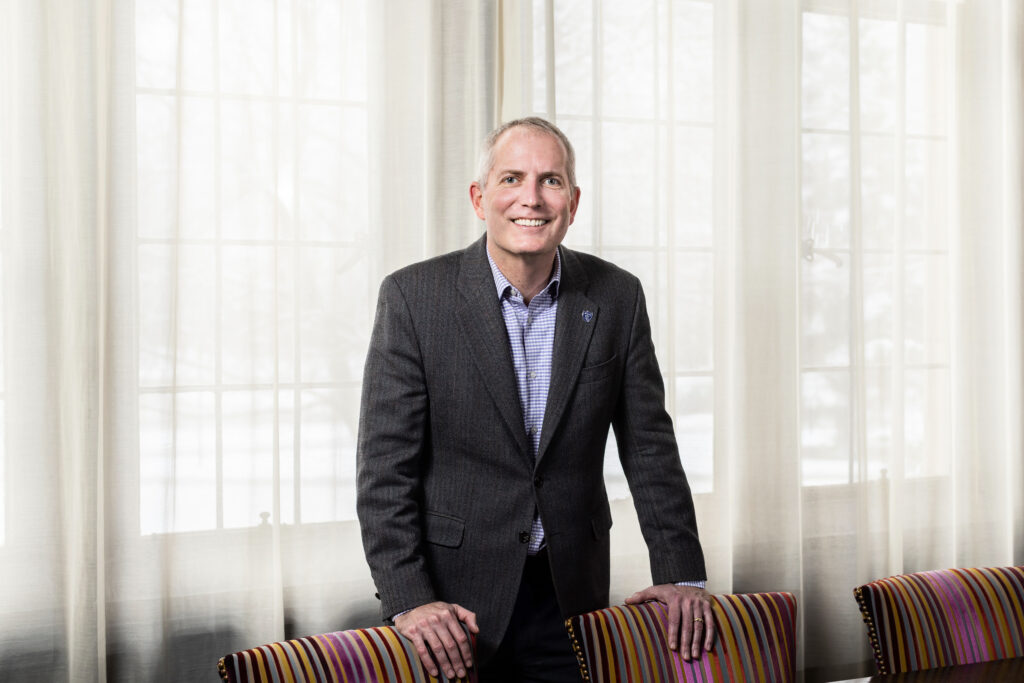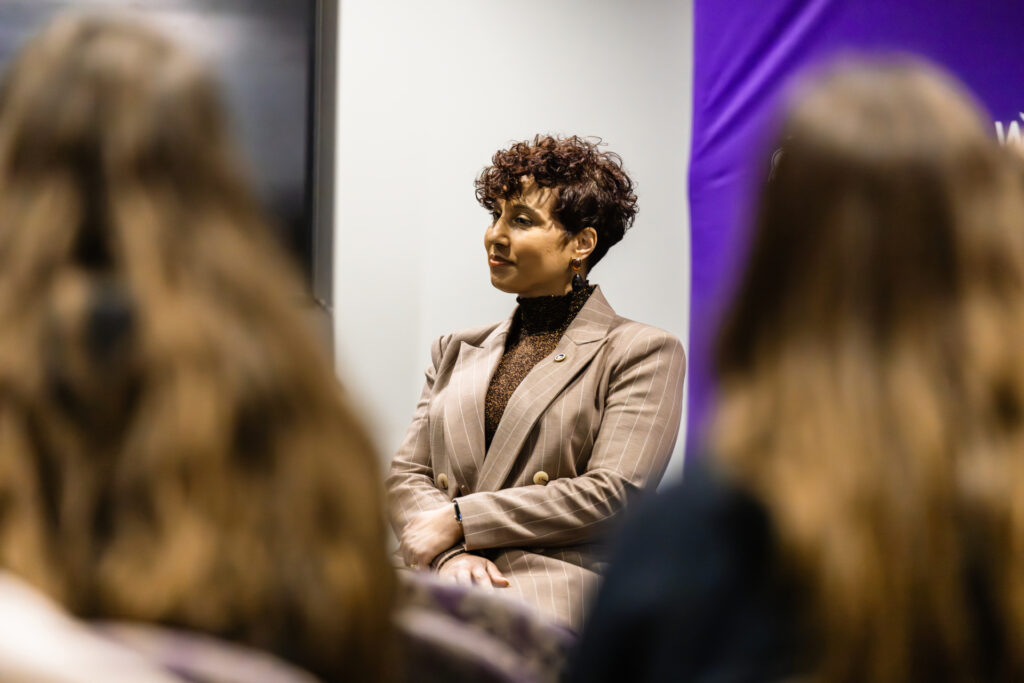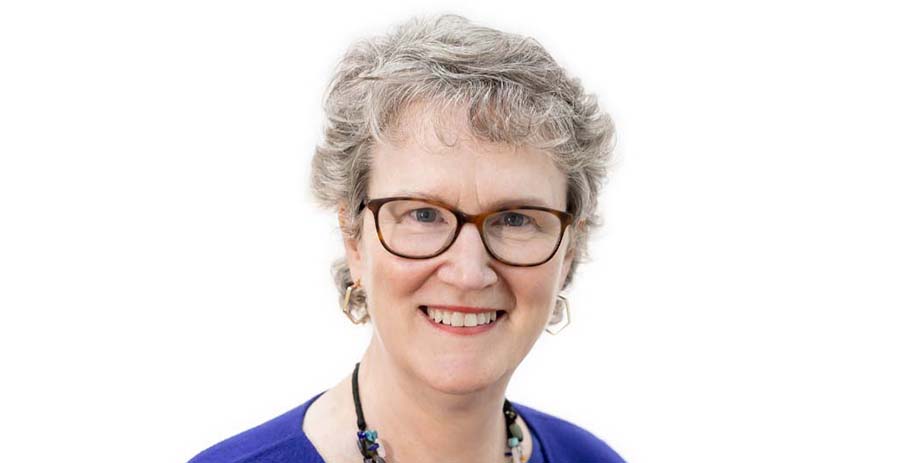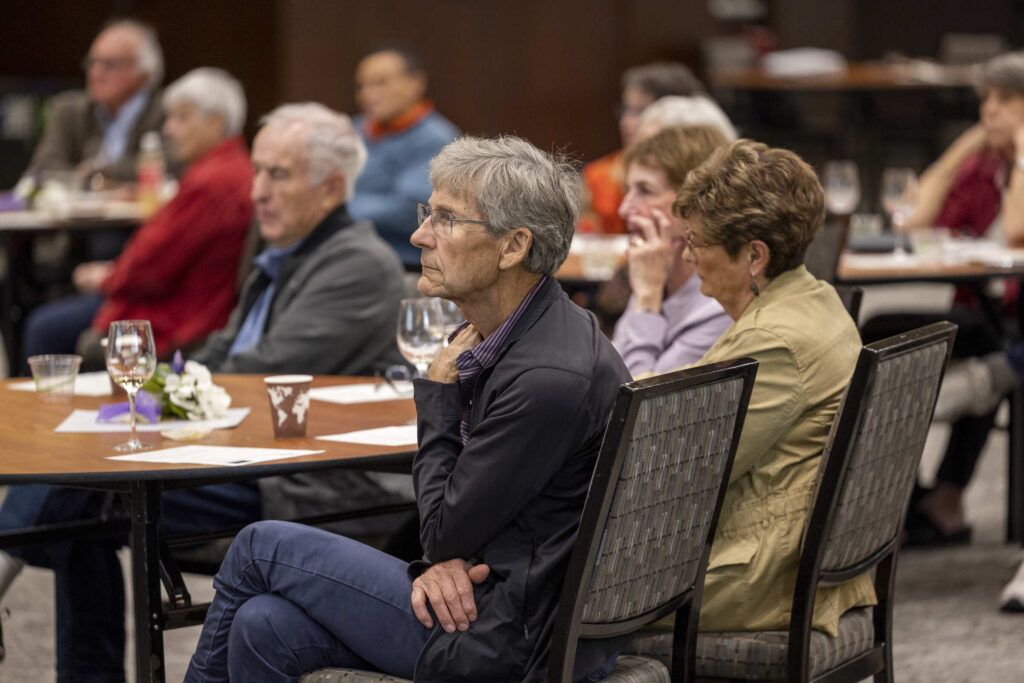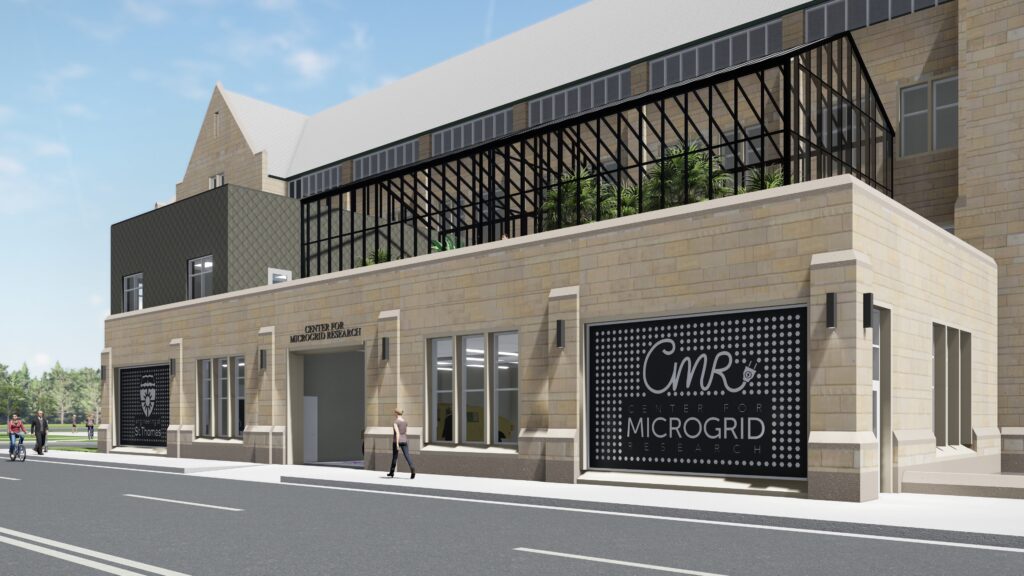Tuition rates will increase 5.2 percent for undergraduate students and an average of 4.4 percent for graduate students beginning this summer, the St. Thomas Board of Trustees has decided.
The board approved the increases Thursday as part of the university’s 2011-2012 budget, which also calls for a 2 percent increase in overall funding for the faculty and staff salary pool.
Day undergraduate tuition and fees of $32,073, when combined with 3.7 percent increases in room and board, will result in a comprehensive fee of $40,701 for incoming freshmen. That will be a 4.9 percent increase over this year's comprehensive fee of $38,813. (See tuition, room and board tables for details.)
The new undergraduate tuition rate of $984.50 per credit will cover all courses except business, computer and information sciences, and information and decision theory. Those courses will be $1,033.50 per credit, or 5 percent higher, because of the higher cost of faculty in those areas.
Graduate programs were given discretion in setting tuition increases, depending on the level of competition in their respective markets. Increases generally will range from 3.5 percent to 5.4 percent, depending on the program. (See tuition table for details.)
Last year, the board approved a 2010-2011 undergraduate tuition increase of 3.5 percent – the lowest percentage increase in 16 years – during the depth of the recession, but the university felt a higher increase was necessary next year in order to meet financial obligations.
“The new budget is an attempt to settle in at a middle ground, between this year’s lower increase and increases around 6 percent in previous years,” said Mark Dienhart, executive vice president and chief operating officer. “The lower increase meant serious cost cutting and the elimination of 50 staff positions through attrition and an early retirement program. Continued cost-cutting of that nature would affect the quality of a St. Thomas education and seems unwise at this time.”
The undergraduate tuition increase should be viewed in two ways, said Mark Vangsgard, vice president for business affairs and chief financial officer. The gross increase – 5.2 percent – is reduced to a net increase of 2.6 percent after financial aid. In the last five years, the gross tuition increase averaged 5.5 percent a year, but the net tuition increase was 2.3 percent.
“Over the last several years, we consistently increased financial aid at a higher rate than tuition increases,” he said. “Next year, for example, the overall amount of financial aid will increase 8.9 percent vs. a tuition increase of 5.2 percent. The average for the previous five years was 5.5 percent for tuition and 11.7 percent for financial aid. It’s all part of a concerted effort to keep a St. Thomas education competitively priced and affordable.”
A 2 percent increase in faculty and staff salaries is a part of the 2011-2012 budget, and another $800,000 in faculty salary equity increases will be added to the $700,000 already distributed in the past year.
Tuition rates for next year have not been set at all of Minnesota’s private colleges, but St. Thomas expects to remain moderately priced for its undergraduate programs. This year, St. Thomas ranks 8th in comprehensive fee, 8th in tuition and 7th in room and board among the 17 institutions that are members of the Minnesota Private College Council. (See table for details.) Only three MPCC schools have had lower comprehensive fee increases over the last five years than St. Thomas’ 5.1 percent increase, which is 0.5 percent below the 5.6 percent average increase for the 17 schools.
Undergraduate net tuition will provide 49 percent ($105 million) of next year’s $216 million in operating revenue, Vangsgard said. Graduate programs will provide 23 percent ($51 million), and the remaining 28 percent ($60 million) will come from sources such as room, board, the bookstore, seminars, gifts and endowment income. Operating expenses are split between salaries and fringe benefits (74 percent) and non-compensation expenses (26 percent).
Funds generated from tuition increases will help pay for ongoing and special expenses necessary to continue to provide a high-quality education, Vangsgard said. Specifically, these expenses include:
- Undergraduate financial aid. As noted earlier, the financial aid budget will be increased by 8.9 percent. More than 80 percent of undergraduate students – and virtually every freshman – receive some financial aid through scholarships, grants, loans and campus employment. St. Thomas subsidizes the education of all students, including those who do not receive financial aid, because tuition covers only 80 percent of instruction-related expenses. The remaining 20 percent comes from gifts, endowment and investment earnings, and contributed services of religious personnel.
- New faculty and staff positions. About 16 positions, mostly food service employees and custodians, will be added for the opening of the Anderson Student Center in January. There also will be five new faculty and administrative positions. Vangsgard pointed out that all expenses related to the student center and the Anderson Athletic and Recreation Complex, including additional staff, utilities, and principal and interest payments on bonds, will be covered through fundraising efforts and facility revenues of those buildings and will not impact the university’s operating budget or the tuition increase.
- Health care expenses. Expenses associated with the health benefit plan for employees are expected to increase 10 percent in 2011. St. Thomas covers 64.3 percent of the medical premiums, with employees picking up the balance.
- Building projects. Major improvements on the St. Paul campus will include additional or renovated science laboratories, new tile roofs on Aquinas Hall and the Bernardi Campus residence in Rome, and code-mandated elevator retrofits in Murray-Herrick Campus Center and John Paul II, Grace and Loras halls. In Minneapolis, a portion of the Keffer Library in Opus Hall will be renovated to make way for the Interprofessional Center for Counseling and Legal Services, which is now in leased space near the campus.
- Technology improvements. St. Thomas will continue work on the Digital Convergence Initiative with the addition of new enterprise and building-level switching and routing equipment. The project will upgrade network infrastructure in older buildings, increase capacity and speed on the wired and wireless networks, and provide a single converged network for voice, video and data as well as access to greater online services for instruction and business functions. In addition, St. Thomas will continue to raise its connectivity to the Internet to meet demand, especially for online use of video. New Web features will be added, including mobile applications, library research portals, Web analytics, customer relationship management features and business intelligence reporting. Testing will begin on unified communications services.
- Library collections. St. Thomas will add 11,000 volumes – books, bound periodicals and audio-visual titles – over the next year. The libraries’ budget continues to be allocated 70 percent to electronic content and 30 percent to print, with an emphasis on converting existing subscriptions to electronic content.
St. Thomas plans to enroll a freshman class of 1,350 this fall, the seventh straight year of freshman classes averaging above 1,300 students. The university does not anticipate as many freshmen as last fall, when 1,519 enrolled; the record number was a result of fewer high school seniors dropping St. Thomas in the spring and summer than had been projected.
Overall graduate enrollment, which has decreased in recent years, is expected to increase slightly in the fall. The Opus College of Business, fresh from its recent accreditation from the Association to Advance Collegiate Schools of Business, is the largest graduate program and expects a modest increase in credits.
At Thursday’s board meeting, Vangsgard also reviewed what he expects will be a balanced budget for the fiscal year that will end June 30. Expenses have been higher in several areas, including financial aid, the early retirement program for faculty and faculty salary equity increases, and were offset by a new efficiency and productivity initiatives. They included structured external purchasing practices, more internal purchasing of products and services, centralized travel and elimination of most evening cleaning of buildings.
Vangsgard, Dienhart and Sue Huber, executive vice president and chief academic officer, will hold an information session on next year’s budget at noon Tuesday, March 1, in Room 126, John R. Roach Center for the Liberal Arts.
References linked above:
